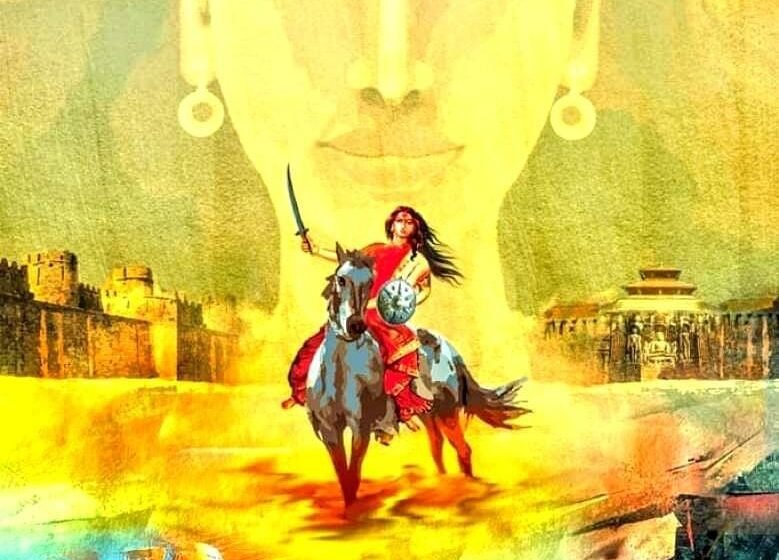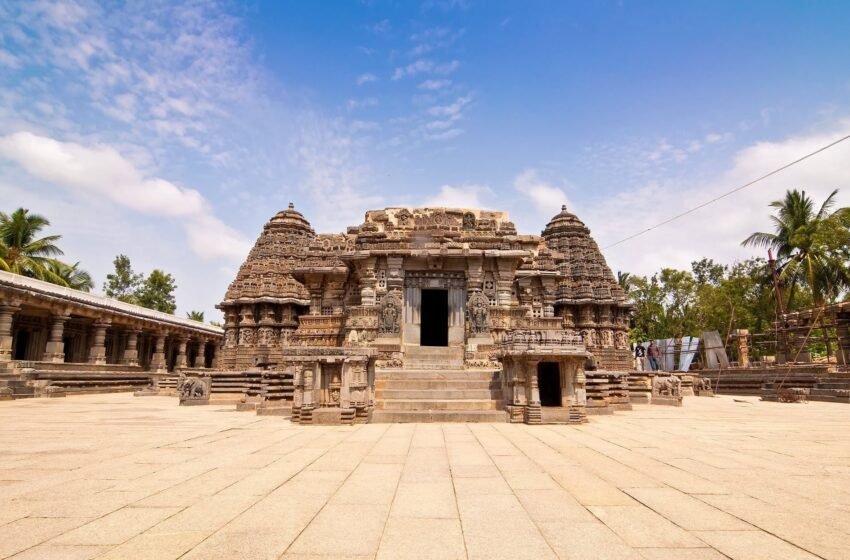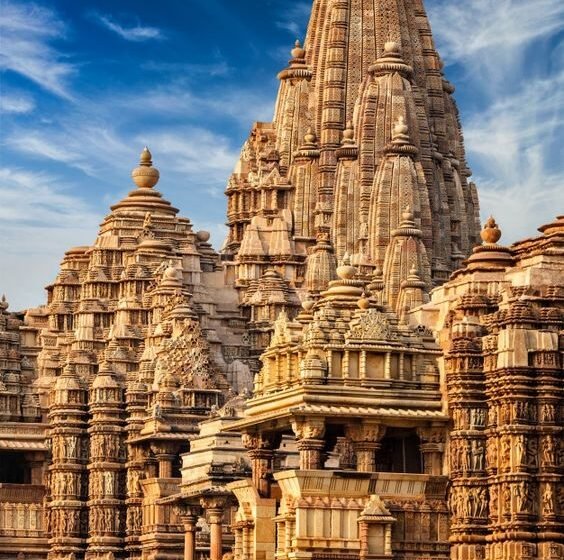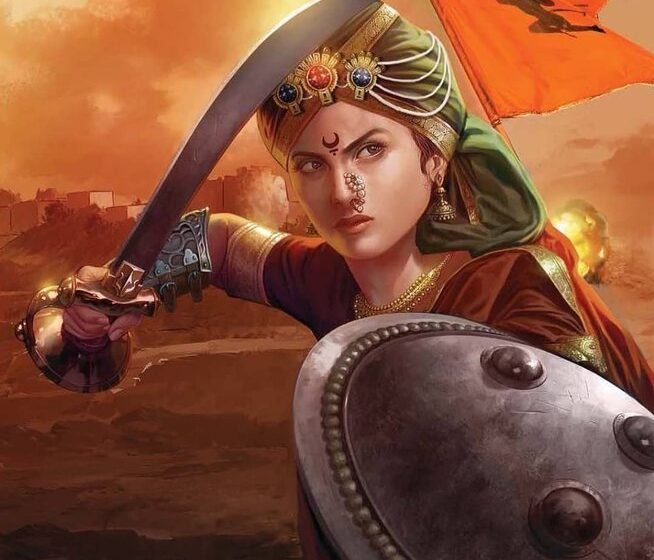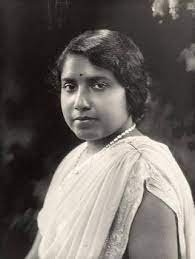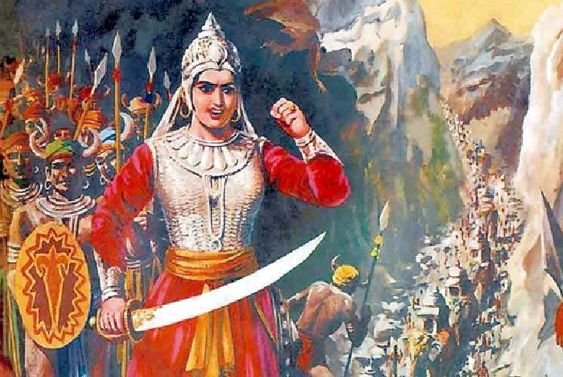Indian queens have always left not only their natives in awe but also the foreign invaders mesmerized. The Portuguese were a group of people who invaded India, and when they saw Rani Chennabhairadevi, they were surprised by her intelligence and her expertise in trade. They gave her the name Raina-Da-Pimenta – ‘The Queen of Pepper’. […]Read More
The Rajputs are known for their strength and valor and have contributed to Indian heritage since their first generations. Avantibai was a Rajput queen. She was well known for her stance against the British during the revolt of 1857. “The Rajput queen she was, elegant and brave, Avanti- for beauty and grace stands her name.” […]Read More
A Look at the Vesara Style of Temple Architecture
Vesara, which is Sanskrit for “mule,” is a hybrid ‘offspring’ of Nagara and Dravida, two different styles of architecture. The Chalukyan monarchs of the Deccan significantly affected how this form of temple construction emerged, was used, and was refined. Because of this, this style of temple construction is also known as “Chalukyan Style of Temple […]Read More
Indian Temple architecture – crafting the house of worship
Indian Temple architecture – crafting the house of worship “God is in the details.” – Ludwig Mies van der Rohe The Latin term templum denotes a sacred enclosure from which the word “temple” is derived. The definition of a temple states that it is a building set aside for spiritual or religious rituals like sacrifice […]Read More
A woman is no less than a rebellious tigress when she awakens herself against her adversaries. We have testimonials of this from ancient times. From scriptures citing the rage of goddess Durga to historical manuscripts quoting the valour of queens of ancient kingdoms. Among them, a less-known queen is Naiki Devi. Her earlier life is […]Read More
Paithani Silks The Royal Handlooms of Maharashtra India has always been a land of cultures, traditions, festivals, and freedom. Since time immemorial, one of the most traditional clothing of Indians is sarees. Saree usually have a lot of variety but among all of them, the most comfortable and beautiful saree is a handloom saree. A […]Read More
Sethu Lakshmi Bai – The Revolutionist Queen of Travancore
Pooradam Thirunal Sethu Lakshmi Bai, the queen of Travancore was a lady who revolutionized female education in her region, the one who inspired and led. “For her people, she lived, selflessly and loyal Such was the reign of this queen, elegant and royal.” Sethu Lakshmi Bai was born on 19 November 1895 to Ayilyam Nal […]Read More
A wise ruler, a bold queen and a graceful highness Rani Durgavati was a lot more than just a Gond queen. She was named after the fierce Hindu goddess Durga, who is worshipped highly by the Hindus in almost every Indian state. She fought against the Mughal rulers courageously and was hence known for her […]Read More
A true warrior, and a valiant queen, Rani Tarabai was one of the most courageous Maratha queens. She stood against the Mughals when they (Mughals) thought all that was in their way was a widow and her infant son. But little did they know that she would prove them all wrong. Tarabai belonged to the […]Read More
Ahilya Bai Holkar- Queen of the Marathas “For thirty years her reign of peace, The land in blessing did increase; And she was blessed by every tongue, By stern and gentle, old and young.” -Joanna Baillie Ahilya Bai was […]Read More
